In the latest episode of the “Minett Mash-Up” podcast, we take you to Rumelange, the smallest municipality by area in the Minett UNESCO Biosphere. In this episode, which brings together the mayor, Henri Haine, and the first alderman, Elvedin Muhovic, you can look forward to exciting insights into the culture, politics, and future of this small town, which became what it is today thanks to the iron industry at the end of the 19th century. Get ready for an episode full of interesting moments, straight from the heart of the Minett.
Our “Minett Location” of the Month: Spektrum
This time, we recorded at “Spektrum,” the former house of the famous Luxembourgish sculptor Albert Hames. A native of Rumelange, he worked here until his death in 1989, leaving behind works that are known far beyond the borders of his hometown, such as his monument at the Luxembourg City train station. In the podcast, we explore what other traces Albert Hames has left in Rumelange.
For Esch2022, the house was transformed into an immersive cultural center, which also hosted the closing ceremony for the partners and sponsors of the Capital of Culture year. We ask the mayor what role this special project should play in the future of Rumelange and what the current vision for “Spektrum” looks like.
Our Guests: Henri Haine & Elvedin Muhovic
Furthermore, we get to know our two guests better. Henri Haine, who has been the mayor of the small town for 14 years now, tells us about his biggest challenge during that time.
Elvedin Muhovic, who was directly elected to second place in 2023, thus becoming the first alderman, tells us about his leap into politics and his motivation as a young politician. It is particularly interesting to hear how the two generations are working together to shape the future of Rumelange.
Other topics include industrial culture and the country’s oldest cinema. We talk about the well-known Musée des Mines (National Mining Museum), how the municipality passes on the memory of the mining era to the younger generations, and take a virtual walk through one of the country’s rare arboretums, where a geological surprise awaits visitors.
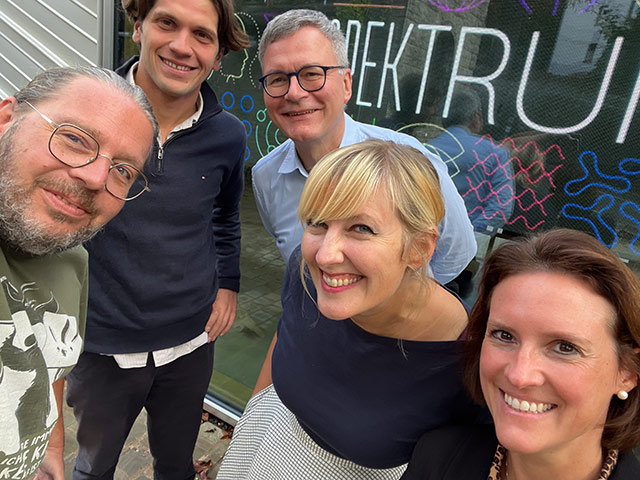 |
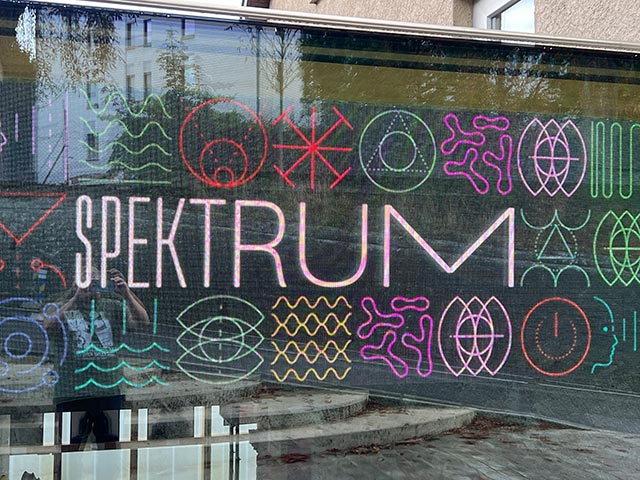 |
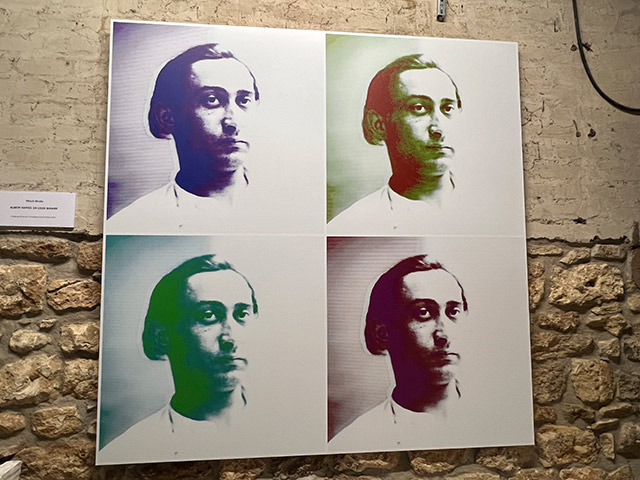 |
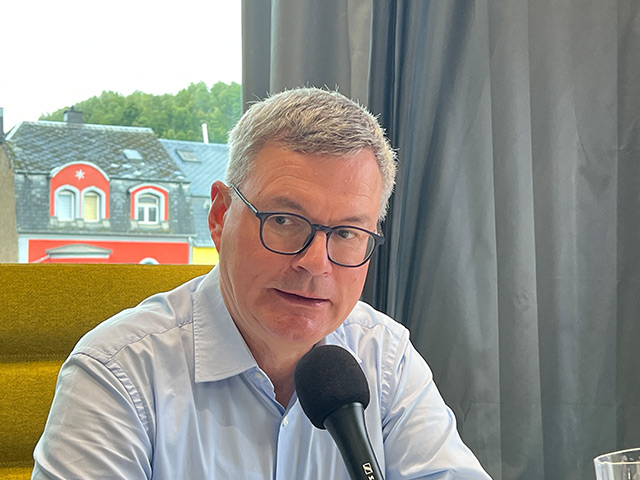 |
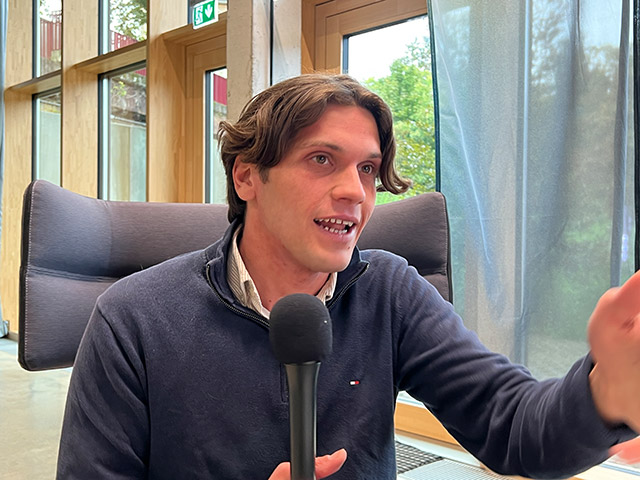 |
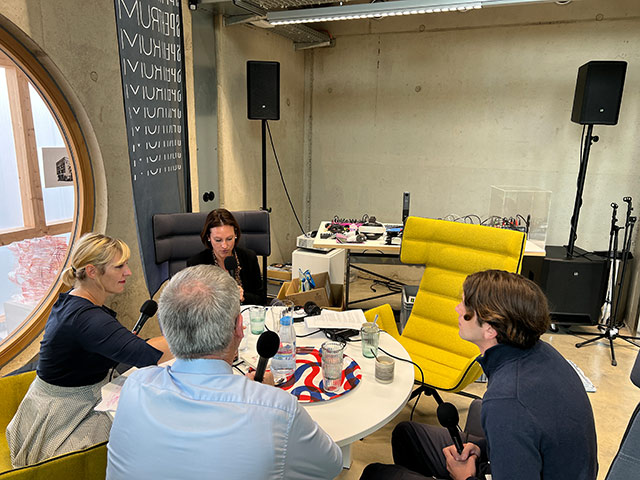 |
© Minett UNESCO Biosphere
Our Quiz:
When was the Musée des Mines founded?
- 1963
- 1973*
- 1983
In what year was the public lighting in Rumelange switched from gas to electricity?
- 1949*
- 1939
- 1929
An open-pit mine is still active in Rumelange. Limestone is extracted here, which is then used to make cement. Which of these statements about the Cimalux quarry between Rumelange and Ottange is correct?
- A 50-year operating license was issued in 2007
- The quarry is less than 50 hectares in size
- In the quarry, traffic drives on the left, as in the UK*
Links to the topics in this episode:
- Rumelange – Official website of the municipality
- Albert Hames – Sculptor from Rumelange of national renown, who lived his entire life in Rumelange
- Spektrum – Home of the Rumelange sculptor, which was converted into an immersive cultural center as part of Esch2022
- Musée des Mines – Museum dedicated to the history of mining in Luxembourg
- Ciné Kursaal – Oldest cinema still in operation in Luxembourg
- Trail des Mines – Running event that partly passes through the galleries of the Musée des Mines
- Ministère de l’environnement, du climat et de la biodiversité – Luxembourg’s Ministry for the Environment
- Arboretum „An Aenzelen“ – Arboretum created in the early 1990s on the former Rumelange landfill
- Carrière Cimalux – Large open-pit quarry between Rumelange and Ottange, where limestone is extracted
- Aire Terrestre Éducative – Educational concept that the Minett Biosphere implemented with two school classes from Rumelange in the arboretum
- Hutbierg – Part of the Léiffrächen nature reserve
Contact us:
 |
 |
 |



